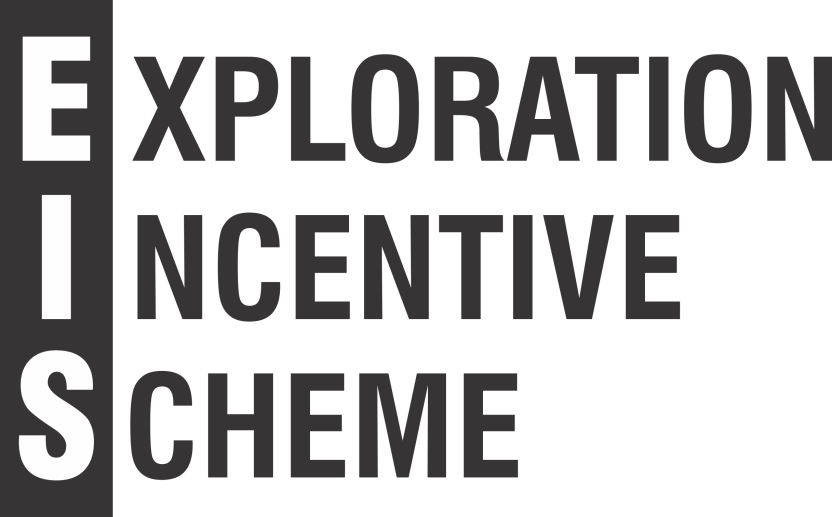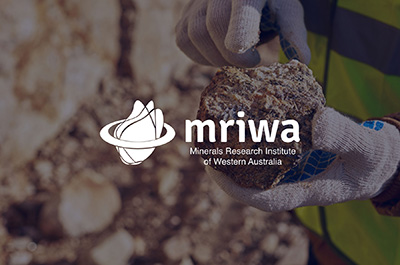4D evolution of WA ore systems: rutile – pathfinder to ores
Project Overview
Project Number
Total Grant Value
Program Area
MRIWA Contribution
Project Theme
Project Period
The Challenge
The formation of an ore body affects surrounding rocks, creating a chemical ‘signature’ of mineralisation many times larger than the ore body itself.
Despite showing promise as a recorder of such chemical signatures, evaluation of rutile has not been progressed.
The robustness of rutile would make it a particularly effective indicator mineral under deeply weathered conditions commonly encountered in Australian exploration.
Key Findings
This research has established experimental protocols for the extraction, identification, preparation and dating of individual crystals of rutile from a range of host rock types commonly encountered in Western Australian mineral exploration.
Analysis of Western Australian samples showed a clear chemical distinction between rutile associated richly endowed gold ore systems and rutile from un-mineralised (barren) rocks.
Although a similar distinct geochemical fingerprint has previously been reported for rutile from base metal deposits, analysis in this study did not clearly identify such a marker for the Western Australian deposits studied.
Benefit to WA
This study helps develop and establish a new analytical approach particularly well suited to mineral exploration under Western Australian conditions
This insight will support the development of more effective mineral exploration workflows and campaigns and could help de-risk investment in under-explored areas of WA targeting the next generation of gold ore bodies.
Keywords: geochronology; rutile; ore systems; mineral exploration
Similar Projects
Page was last reviewed 29 December 2022


